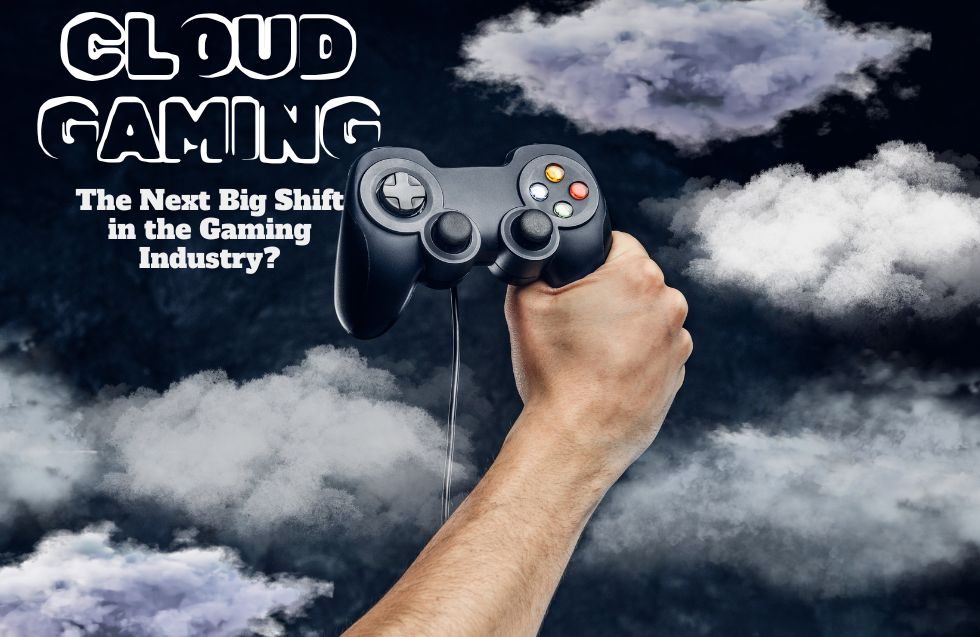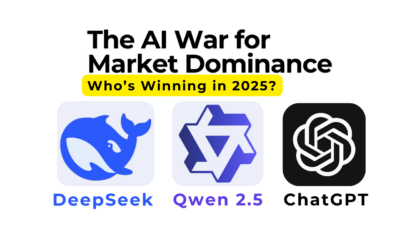The gaming industry has witnessed numerous transformations, from pixelated 2D games to hyper-realistic virtual worlds. The next big shift on the horizon is cloud gaming, an innovation that is rapidly gaining traction and is poised to revolutionize the way we play. But what exactly is cloud gaming, and why is it being hailed as the future of the gaming industry?
What is Cloud Gaming?
Cloud gaming allows users to play video games streamed directly from remote servers instead of downloading or installing them on a local device. Similar to how platforms like Netflix or Spotify stream movies and music, cloud gaming delivers gameplay experiences via the internet. This means the heavy processing is done in the cloud, with the user’s device acting primarily as a display interface.
Why is Cloud Gaming changing?
- No Need for Expensive Hardware
One of the most significant barriers in traditional gaming is the cost of hardware. Gaming consoles, PCs, and graphics cards can be prohibitively expensive, especially when trying to keep up with the ever-evolving demands of AAA games. Cloud gaming eliminates this need. Since the heavy lifting is done on remote servers, users can play high-end games on low-spec devices, including smartphones, tablets, and older PCs. - Play Anywhere, Anytime
Cloud gaming platforms make it easy for users to play games from virtually any location with a stable internet connection. Gamers can switch from a console at home to a laptop or smartphone while on the go without losing progress. This convenience is appealing to the modern gamer, who craves flexibility and mobility in their entertainment options. - Instant Access to a Vast Library of Games
Traditional gaming requires downloading and installing large files, which can be time-consuming and requires significant storage space. With cloud gaming, players can instantly access an extensive library of games without worrying about downloads, updates, or installations. New titles are ready to play immediately, streamlining the gaming experience. - Cross-Platform Capabilities
The days of being limited to platform-specific games could soon be over. Cloud gaming promotes cross-platform gameplay, allowing users to access their games regardless of the device they’re using. This not only opens up gaming to a wider audience but also fosters collaboration and competition across different devices.
Leading Cloud Gaming Platforms
Several companies have already entered the cloud gaming space, with major players providing robust platforms for gamers:
- Google Stadia: Google’s entry into cloud gaming, offering a vast library of games playable on various devices, including TVs, PCs, and smartphones.
- NVIDIA GeForce Now: With support for a range of devices and compatibility with several game stores like Steam, GeForce Now allows gamers to stream games they already own.
- Xbox Cloud Gaming (xCloud): Microsoft’s Xbox Game Pass Ultimate subscribers can enjoy a wide selection of titles across devices without the need for a console.
- Amazon Luna: Built on Amazon Web Services (AWS), Luna offers a subscription model with channels dedicated to different types of games, all playable across multiple devices.
Challenges Facing Cloud Gaming
Despite the potential, cloud gaming faces several challenges that could impact its widespread adoption:
- Internet Speed and Latency
The quality of the gaming experience in cloud gamers is heavily dependent on the user’s internet speed. In regions where high-speed internet isn’t widely available, the performance may suffer due to latency or lag. A smooth, real-time experience requires low-latency internet, and many gamers, particularly in rural or underdeveloped areas, may not have access to this. - Data Caps and Bandwidth Limitations
Streaming games at high resolutions requires substantial data, and many internet service providers (ISPs) impose data caps. Gamers might quickly hit these limits, especially with high-quality games. This could make cloud gaming an expensive option for some. - Ownership Concerns
Cloud gaming raises questions about game ownership. When users purchase physical or digital copies of games, they own them indefinitely. With cloud gaming, access to a game can be lost if the platform shuts down or if certain titles are removed from its library. - Security and Stability of Platforms
As with any cloud-based service, there are security concerns. Gamers need to trust that their data and accounts are safe on these platforms, which store player progress and purchases. The reliability and longevity of these platforms are also in question, as early-stage platforms may not all survive long.
The Future of Cloud Gaming
The shift towards cloud gaming is not just a fleeting trend; it reflects the evolving needs and preferences of modern gamers. While traditional gamers consoles and PCs will likely remain for a while, the convenience, affordability, and accessibility of cloud gaming will inevitably play a larger role in the industry.
As technology continues to advance, the issues surrounding internet speed, latency, and data usage will become less significant. With 5G networks rolling out and internet infrastructure improving globally, cloud gaming could soon become the go-to method of play for many gamers.
Cloud gaming might also encourage developers to innovate further, designing games that are optimized for streaming experiences and potentially changing the game design landscape itself.
Conclusion
Cloud gameing represents a seismic shift in the gaming industry, offering solutions to some of the most significant barriers that gamers face, such as hardware costs and platform limitations. While challenges remain, the progress made by companies like Google, Microsoft, and NVIDIA shows that the future of gaming might indeed be in the cloud.
As internet infrastructure improves and more gamers embrace this new way of playing, it’s safe to say that cloud gaming is not just the next big shift—it may well become the standard for games in the years to come.













